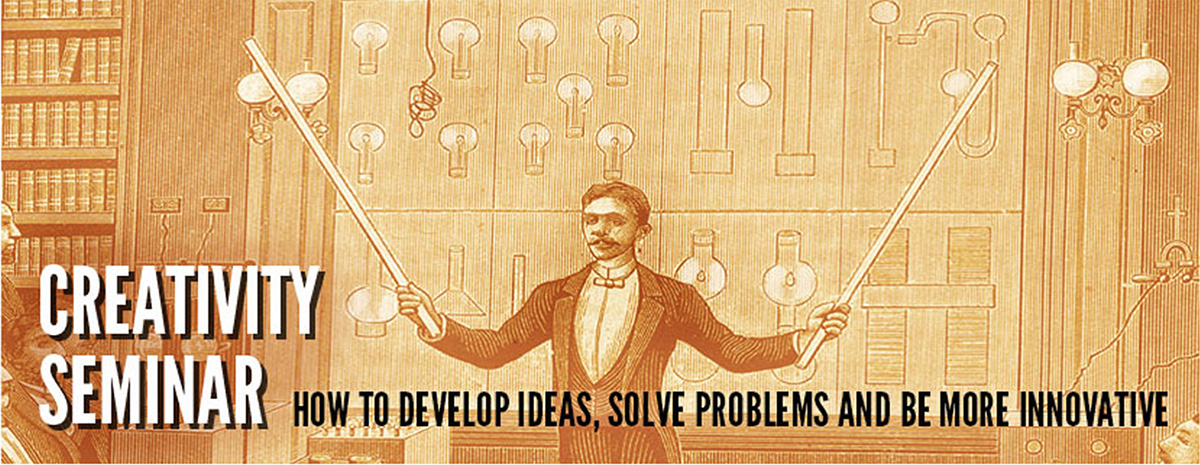"Envision the thinking process as a kayak with two paddles. One paddle represents critical thinking while the other represents creative thinking. If you were to use only one paddle (i.e., critical thinking), you’d end up going in circles. To make the kayak move forward, you’ve got to alternate between paddles." — Tim Hurson
Ideally, industries that have traditionally emphasized and rewarded the critical could greatly benefit by adapting the habits of the creative.
Critical thinking is logical, verbal, analytical and rational. Creative thinking is imaginative, visual, intuitive and non-judgmental.
We need critical thinking strategies to effectively evaluate, revise, and communicate our good ideas. Tools of critical thinking allow us to analyze arguments, use sound reasoning, evaluate and refine the most promising ideas, construct persuasive arguments, and become more conscious of our own and others’ thinking.
Creative thinking tools and techniques push our thinking in new directions—releasing our imagination and generating innovative ideas.
Together, critical and creative thinking enable and promote a whole-minded thinking with the two complementary halves of our brain, combining the analytical and the imaginative thinking modes. In traditional brainstorming, the first stage is the creative: generating multiple new ideas. The second stage is the critical: being selective in deciding which are the best ideas.
Critical and creative thinking are fundamental to human intellectual progress. Depending on context and purpose, critical and creative thinking can be independent or interdependent.
The following academic definitions reflect constructs in an educational setting:
CRITICAL THINKING is the linear, fact-based, judgmental consideration of a form of knowledge, the grounds that support it, and the logical conclusions that follow. It involves analyzing and evaluating one’s own thinking and that of others.
CREATIVE THINKING involves creating something new or original. It involves the skills of flexibility, originality, fluency, elaboration, brainstorming, modification, imagery, associative thinking, attribute listing, metaphorical thinking, and forced relationships. The aim of creative thinking is to stimulate curiosity and promote divergence.
Creative thinking draws upon or intentionally breaks with established symbolic rules and procedures. It usually involves the individual or collective behaviors of preparation, incubation, insight, evaluation, elaboration, and communication, but may also occur spontaneously.
In the context of college teaching and learning, creative thinking engages students in:
(See chart above for more definitions)
- Bringing together existing ideas into new configurations
- Developing new properties or possibilities for something that already exists
- Discovering something entirely new -- with an emphasis on the use of the imagination
(Definitions adapted from John Dewey; Richard Paul and Lind Elder; Mihaly Csikszentmihalyi, M.A. Rosenman and J. S. Gero, and North Carolina State University research)

